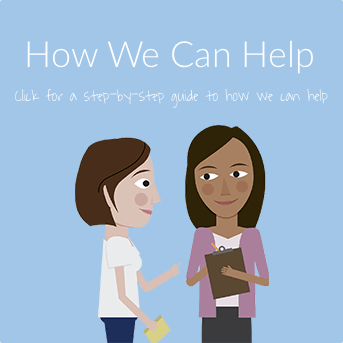What is more heart-wrenching than a young life ended before it’s time by suicide? The last few years have opened our eyes to the troubling state of teen mental health in our country. Between 2007 and 2021, the suicide rate among people 10-24 years old climbed from 6.8 to 11.0 per 100,000. And it’s starting early – kids as young as 9 or 10 are thinking about suicide. It’s crucial to know how to talk about mental health and suicide with the kids in your life.
Whether you are a parent, caregiver, teacher, or anyone else working with kids, you likely feel the pull to help and protect them. We worry when we see children hurting and pulling away. It can be hard to talk about mental health and even harder to talk about suicide. While we can’t fully control our kids and the steps they take to get help, we can show them we care and the path to help when days get dark.
When in doubt, talk it out
If you are worried that a teen may be at risk of suicide, it’s important that you talk to them. Slowing down to be present and talk with the teen in your life shows that you see them and care about their well-being. Try to listen and ask questions. This is not the time to yell or make demands. These talks also help you see the signs of mental health problems in the teens you care about.
Encourage a re-think
Our thoughts are powerful. Cognitive behavioral therapy (CBT) shows those thoughts actually drive our strong emotions. Although their thoughts may seem like facts, teens can learn to change their unhelpful thinking. A powerful strategy we use at Learn to Live is Thought Inspection. This tool helps them to look at their situation in a new way. New thoughts can lead to new emotions and less suffering.
Stay in the here and now
It’s common for teens to be distracted by the world around them. It’s important for kids to slow down and notice the link between the way they think, feel, and act. Some call this mindfulness, we call it Present Awareness at Learn to Live. It gives them time and space to reduce emotional reactions and help them make good choices.
Try something new
In our Depression Program we teach behavioral activation. This means that we boost our mood and outlook on life by being active even though the depression seems to tell us to just lie around. We can unplug from social media to try something new or to work on an unfinished task. We can find ways to connect to a hobby or group. As the adult in a teen’s life, it’s important to gently nudge them to give these things a try and see if their mood changes. Every small action in the right direction will add up, and over time it will make a big difference.
POWER through the options
Active problem solving is another way to help teens who are sad or have suicidal thoughts. Learn to Live breaks this strategy down into the POWER method: look at the Problem, come up with Options, Weigh the options, Engage in the options, and Reflect on the outcomes. This lets teens know that there is more than one path to take and that if they need support along the way, it’s there.
Teen mental health issues and suicide are on the rise. It remains heart-wrenching. But you can support the teen in your life when you have the right tools and show that you care.
References
Pappas, S. (2023, July 1). More than 20% of teens have seriously considered suicide. Psychologists and communities can help tackle the problem. Monitor on Psychology, 54(5). https://www.apa.org/monitor/2023/07/psychologists-preventing-teen-suicide




